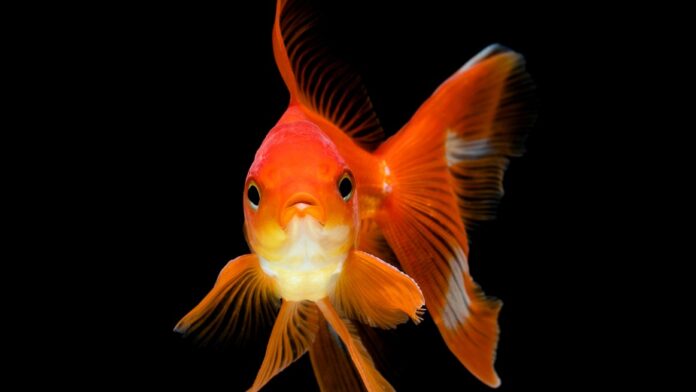The exotic pet trade is contributing to the introduction of invasive species all over the globe – and unless something is done soon, more native species and their habitats will pay the price.
This is the conclusion of a new study by group of researchers in Canada and the United States. The article, published in Frontiers in Ecology and the Environment, looks at how the booming exotic pet trade in vertebrates plays a role in introducing invasive animal species to environments where they out-compete native animals for food and threaten their homes.
“The live trade of animals for pets and food that are the main sources for newly introduced invasive species – and it’s becoming a big problem,” says Nick Mandrak, an associate professor in U of T Scarborough’s biology department who helped author the study.
The exotic pet trade is a massive, multi-billion dollar global business that continues to grow. It has also led to the establishment of several hundred non-native invasive animal species across the world that pose a threat to native species and their natural habitat.
The numbers are unsettling. Of the 140 non-native reptiles and amphibians that have established populations in Florida, for example, close to 85 per cent arrived from the pet trade. Other research has found that 70 per cent of invasive species in Brazil over the past 30 years have come as the result of the pet trade.
It’s easy to see how this happens, says Mandrak. In the United States, there are about 58 million pet fish, he says. Surveys show that between two and ten per cent of households deliberately release their pet fish into the wild, meaning at least 1.16 million fish are released each year in the U.S. alone.
“That’s a lot of fish, and that doesn’t account for birds, insects, snakes, reptiles, the list goes on,” he says.
There isn’t much research on what motivates owners to release their pets. Mandrak says it’s likely a combination of owners not being able to care for aging and/or aggressive pets once they grow too large, or they simply have no incentive to hold onto an inexpensive pet, like goldfish.
Closer to home, Mandrak says there are 30 invasive fish species established in the Great Lakes, of which five likely came as the result of pet releases. There are another 40 or so non-native species found that haven’t established populations, ranging from piranhas to South American redtail catfish, most of them likely the result of pet releases.
“These fish will live during the summer, but they will die when it gets cold in the winter,” adds Mandrak, who is a renowned expert on biodiversity and conservation.
That’s not to say all aquatic species from the south can’t establish themselves in the cold waters of the Great Lakes. He points to the discovery of armoured catfish from South America living beneath the ice in Lake St. Clair. Populations of Oriental weatherfish (originally from East Asia) and the White Cloud Mountain Minnow (originally from China) have also established reproducing populations in the Great Lakes.
“We can’t assume that fish from places like Asia or South America are necessarily tropical because they may come from colder regions in those areas,” he says.
Goldfish are a big problem, says Mandrak. While they may not look menacing, goldfish reproduce rapidly and are voracious eaters, ripping up aquatic vegetation and outcompete native species in the process. Some can also grow quite large – a 14-inch goldfish was recently caught in the Niagara River.
At least three genetically different species of goldfish have established populations across Canada. Mandrak has witnessed firsthand an isolated storm water retention pond in Milton and an agricultural drain connected to Lake Erie both teeming with goldfish.
“It was incredible, just one big gold mass of fish,” he says, adding that areas like Hamilton Harbour and parts of Lake Erie are seeing huge increases in goldfish populations.

Another is the red-ear slider, a popular pet native to Mexico and parts of the southern United States that have established populations in southern Ontario and elsewhere. Not only do they compete with native endangered species of turtles, they also carry diseases like salmonella.
Mandrak’s message is pretty clear – “Don’t release your pet.”
There are also significant research gaps that Mandrak and his colleagues hope to bridge.
For one, understanding the economics behind what is driving the massive growth in the exotic pet trade worldwide and what motivates owners to release their pets into the wild. There is also very little known about the illegal trade that exists for exotic pets.
“To develop better management policies, we need to know which non-native species of pets will reach the wild, successfully reproduce and establish populations,” he says. #livehyd







